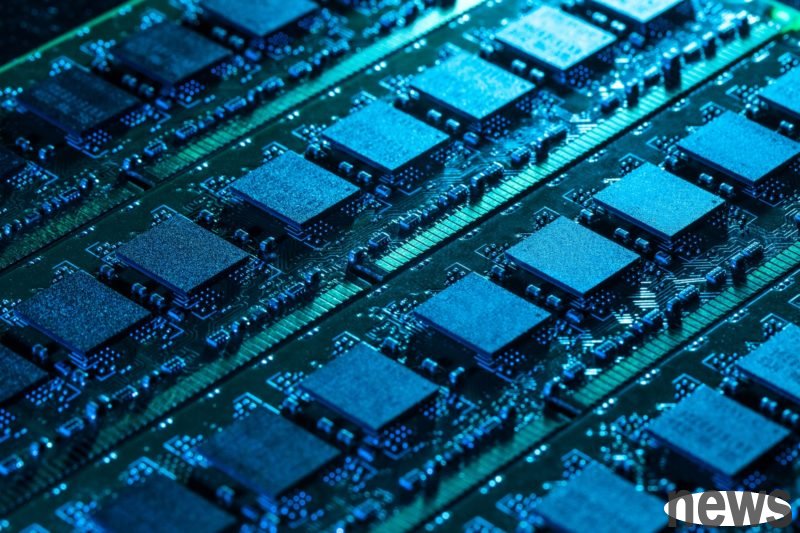
A team from the University of California, Santa Barbara (UCSB) published research in "Applied Physics Letters" and developed a "lift-off method" using electrochemical etching, which can separate and transfer nitride materials such as gallium nitride (GaN) from a sapphire substrate to silicon without damaging the crystal. This technology reduces process stress and opens new integration pathways for μLEDs, flexible optoelectronics and heterogeneous packaging.
Traditional laser is too rough, "electrochemistry" is more gentleIn the past, the industry often used "Laser Lift-Off (LLO)" to separate GaN thin films. However, this method generates high heat and high stress, which can easily cause crystal damage and surface roughness. Especially in the InGaN light-emitting layer containing high indium content, cracks are more likely to occur.
UCSB’s new approach is completely different. The research team designed a "sacrificial layer" that is only 50 nanometers thick and heavily doped with silicon (Si) in the material structure. When the sample is immersed in a nitric acid solution and energized, the reaction will only occur at this interface, allowing it to be selectively dissolved, and the upper film can be detached naturally.
The whole process is like eating a burger without the lettuce. Researchers have found a way to completely extract the piece of lettuce in the middle without the burger falling apart or deforming. This layer of "lettuce" is the pre-designed etchable layer in the material; after electricity is applied, it is "eaten" by a chemical reaction, and the upper film is cleanly separated from the substrate.
The surface is smooth to 0.5 nm, and the μLED luminous intensity is maintained wellExperimental results show that the thickness of the stripped nitride film is about 600 nanometers, and the surface roughness is as low as 0.5 nanometers, which is far better than the tens of nanometer roughness caused by traditional LLO.
The research team made these stripped films into microlight-emitting diodes (μLEDs). After being transferred to a silicon substrate, they could still emit light stably, and the spectral peak became even narrower (the half-maximum width shrank from 11 nanometers to 5.9 nanometers), showing that the crystal quality was intact and the strain was released. The team pointed out: "The absence of any photoluminescence signal from GaN means that the film has been completely separated and the quantum well structure remains intact."
Bottleneck: Current distribution and electrode stability still need to be optimizedDespite the impressive results, the study found several challenges. Since the electrochemical etching process relies on current distribution, when the sample area is enlarged, uneven current density may lead to differences in etching rates, making it difficult for the edges and center of the film to be peeled off at the same time.
In addition, the "soldered indium spots" currently used by the team as anode contacts are still not stable enough, and series resistance and leakage increase after the components are transferred. This is mainly related to the electrode design and side wall exposure. The research team stated that in the future, they will continue to optimize the metal contact and surface passivation process to improve the electrical stability and mass production reliability of the transferred components.
Bringing inspiration to optoelectronic integration and CPOElectrochemical stripping changes "material transfer" from a destructive process to a controllable layered process, redefining the manufacturing thinking of optoelectronic components. In fields such as μLED, optoelectronic integration, and CPO (Co-Packaged Optics), the key to this technology is not speed, but "cleanliness."
In the past, CPO required co-packaging of laser or optical components and silicon wafers. However, due to the large differences between GaN, InP and silicon lattice, high temperature or laser transfer often caused thermal damage and interface roughness, resulting in limited packaging yield. UCSB's method provides a low-heat, low-stress integration approach that can cleanly transfer photovoltaic films to silicon or other potential substrates, helping to increase process yield potential and lay the foundation for future AI chips and optical communication packaging.
Electrochemical III-nitride device lift-off